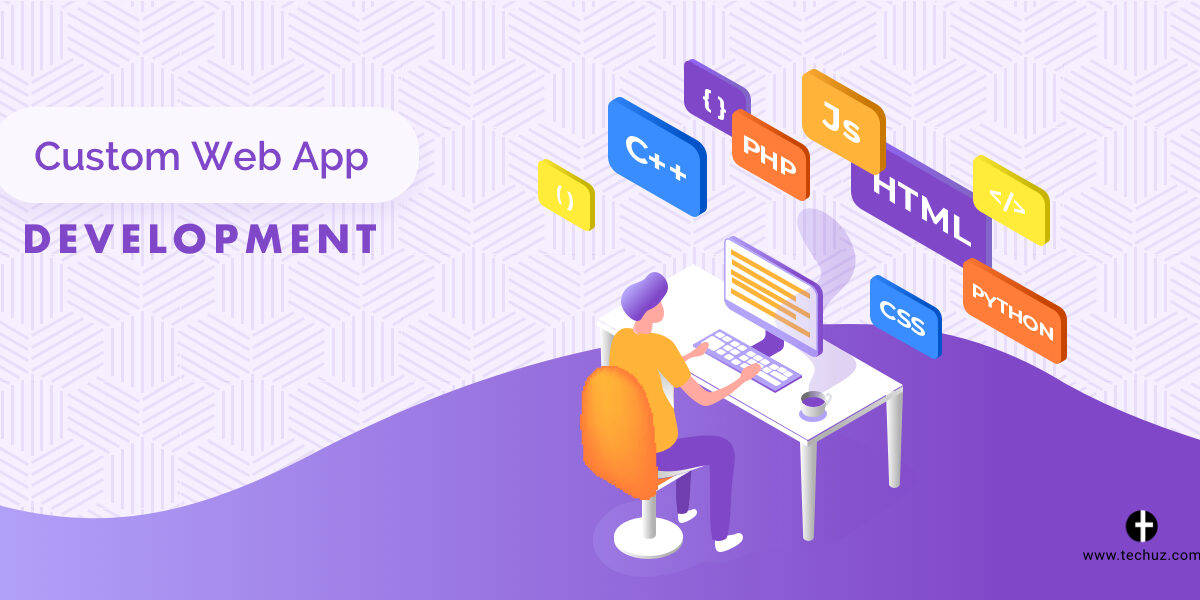Web application development has become an increasingly sought-after skill in today’s digital age. As more businesses and individuals embrace the online world, the demand for web applications continues to rise. If you’re new to web application development, this comprehensive guide will provide you with a solid foundation to kickstart your journey. From understanding the basics to exploring essential technologies and best practices, we’ll cover everything you need to know to embark on your web development path in 2023.
Understanding Web Applications:
Before diving into the technical aspects, it’s important to grasp the concept of web applications. Web applications are software programs accessed through web browsers. They are designed to perform specific tasks and provide interactive experiences for users. Unlike static websites, web applications offer dynamic functionality, allowing users to input data, process information, and interact with the application in real-time.
Front-end development focuses on creating the user interface and user experience of a web application. It involves HTML, CSS, and JavaScript, the three core technologies of the web. Here are the key areas to explore in front-end development:
a) HTML: HyperText Markup Language (HTML) forms the structure and content of web pages. It defines the elements and layout of the user interface.
b) CSS: Cascading Style Sheets (CSS) controls the visual presentation of web pages. It determines the colors, fonts, spacing, and overall design of the user interface.
c) JavaScript: JavaScript brings interactivity and dynamic functionality to web applications. It allows you to manipulate the DOM (Document Object Model), handle user events, and communicate with servers.
d) Frameworks and Libraries: Front-end frameworks like React, Angular, and Vue.js provide efficient ways to build complex web applications. These frameworks offer pre-built components, state management, and routing capabilities that streamline development.
Back-End Development
Back-end web app development focuses on the server-side logic and database management of a web application. It involves handling requests, processing data, and interacting with databases. Key areas of back-end development include:
a) Server-Side Languages: Popular server-side languages include JavaScript (Node.js), Python, Ruby, and PHP. These languages allow you to write the logic that powers the web application and handle requests from the front end.
b) Frameworks and Libraries: Back-end frameworks like Express.js, Django, Ruby on Rails, and Laravel provide a structured approach to building server-side applications. They offer features such as routing, middleware, authentication, and database integration.
c) Databases: Web applications often require data storage. Common database options include relational databases like MySQL and PostgreSQL, or NoSQL databases like MongoDB and Firebase. Understanding database concepts, querying, and data modeling is essential for back-end development.
d) API Development: Web applications often communicate with external services through APIs (Application Programming Interfaces). Understanding API design principles and implementing RESTful APIs allows your application to interact with third-party services or provide an API for other applications to consume.
Building a Full-Stack Application:
A full-stack web developer is proficient in both front-end and back-end development. Building a full-stack application requires combining the knowledge and skills from both domains. Some important considerations when building a full-stack application include:
a) Architecture: Choosing an appropriate architecture pattern, such as MVC (Model-View-Controller) or MVVM (Model-View-ViewModel), helps separate concerns and maintain a clean codebase.
b) APIs and Data Handling: Implementing secure APIs for data exchange between the front-end and back-end is crucial. Learn how to handle API requests, data validation, and serialization/deserialization.


